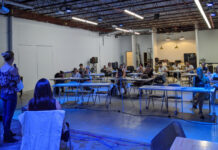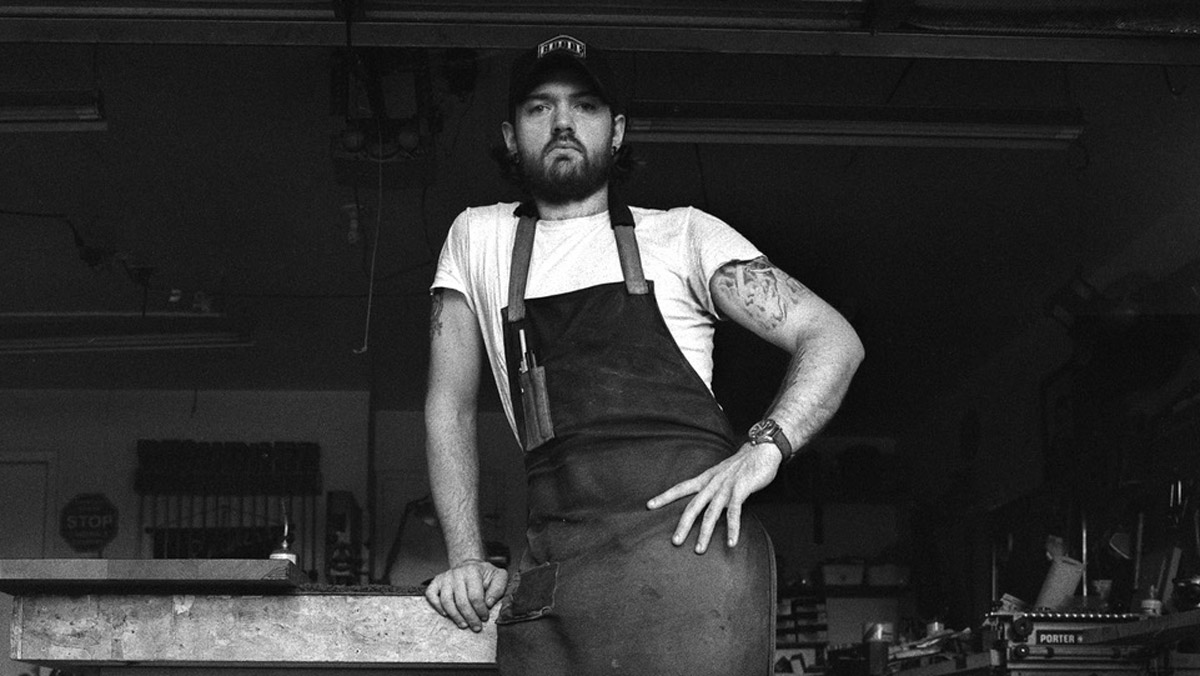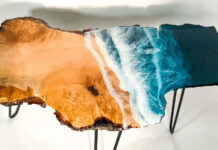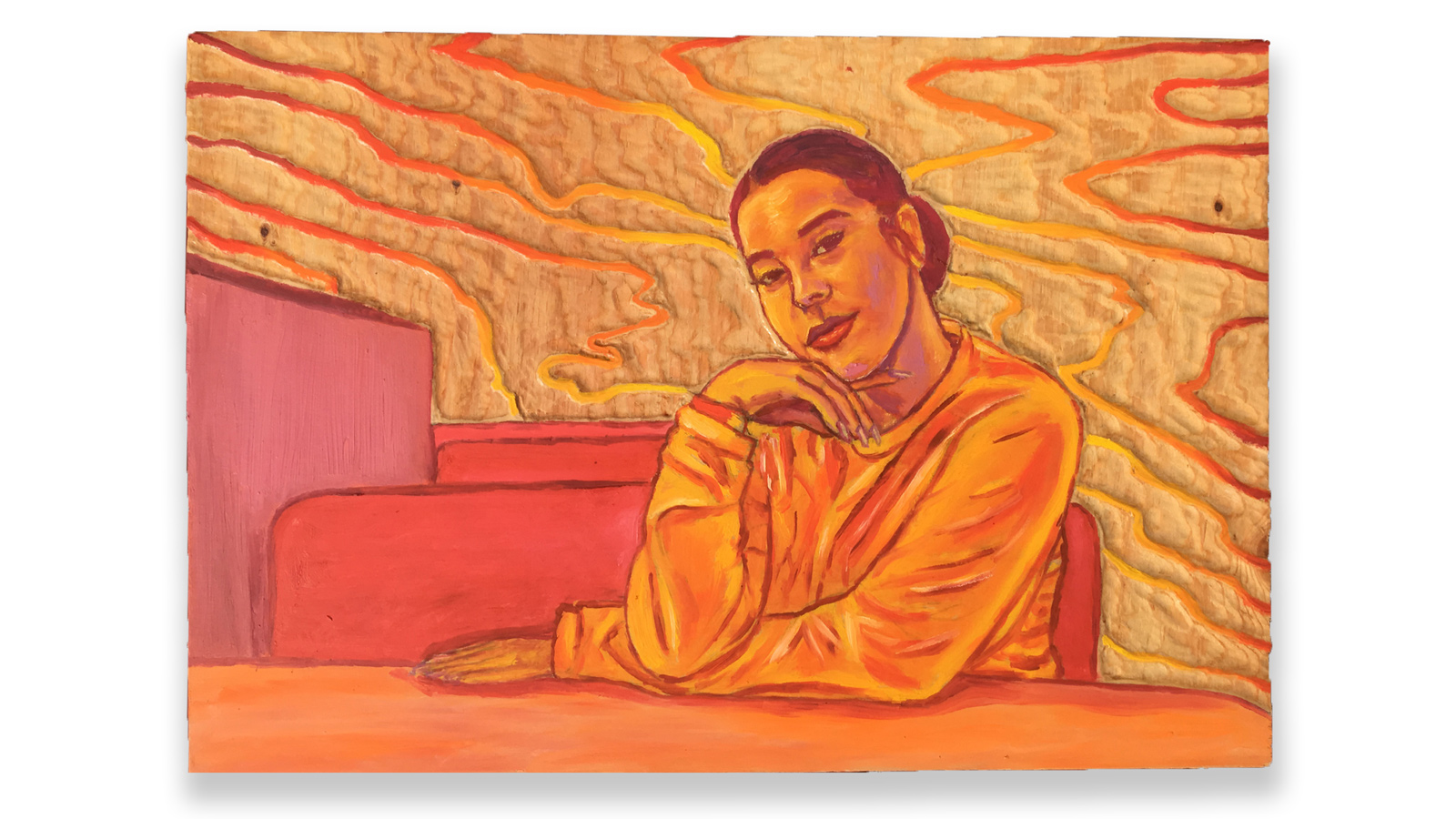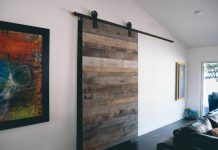Issue 09 contributor Dane Gudde, shares how he uses trees to their full potential – by creating sustainable “heirloom piece” furniture.
How did you get into woodworking?
I grew up in the country in Missouri, so I’m no stranger to working with my hands. I moved to Austin in 2011 for the music scene and as a guitarist, I started to make things for practical use. I bullet guitar cases, speaker cabinets, even guitars. It was all learn as you go, and I gained woodworking knowledge from books, Youtube videos and of course my own mistakes.
Talk about the transition into full-time artist:
It’s the hardest thing to leave a steady income. I was working as a sales rep for AT&T for five years prior, and woodworking was just a hobby. I saved a lot of money and had support from my wife. There are a lot of investments to make early on, so you don’t immediately turn a profit. I needed enough tools to be efficient.
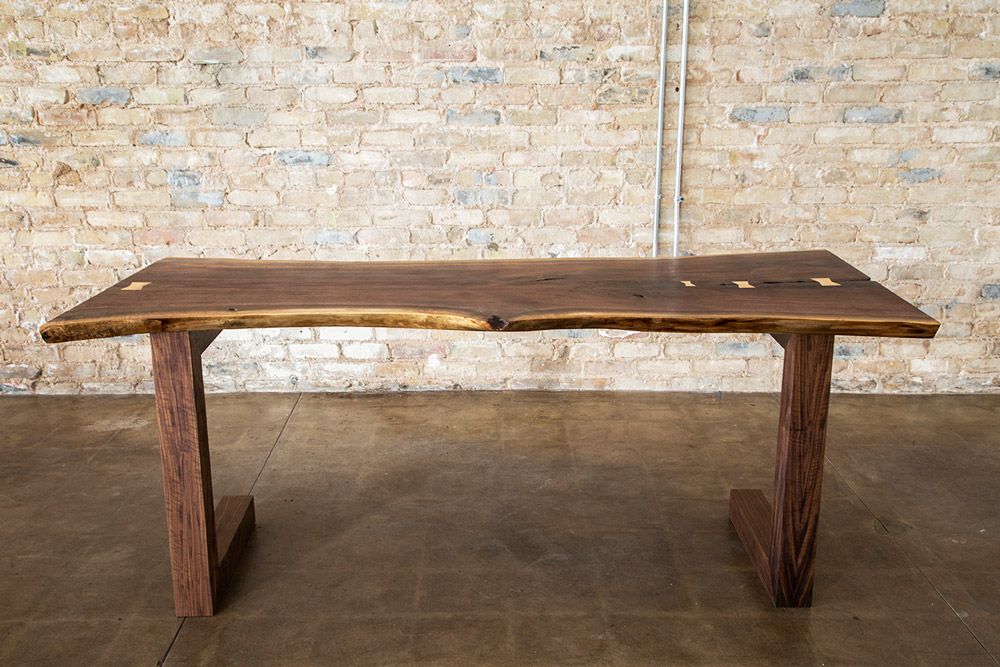
What really happens when a tree falls in a forest?
Well, typically a tree service comes to pick it up and it’s a very quick process. They don’t give it away. The tree is lucky if it’s turned into firewood but usually they chip it to sell as mulch. This isn’t completely wasteful, but in my opinion they’re not using the wood to it’s full potential.
“A tree lets you know what it wants to be.”
How do you go about making sustainable art?
I don’t want trees to be wasted and materials are often cheaper to find. I search for trees and wood native to Austin on Craigslist that have either fallen or are coming down. Sometimes they’re listed as firewood. I can help people by taking the tree off of their land. However, being able to take it when it’s available is hard, plus I have to factor in storage and space requirements.

Dane’s Process
- Find the wood: I typically try for 7-8 foot trees because it gives me the most options. I try to make my work from the longest and widest piece since it’s less waste and the best use of the tree.
- Milling/Moving the tree: I can mill on site or at my house. Milling is a systematic process of cutting the wood into slabs.* To move the wood, I usually rent or borrow trucks and trailers unless it can fit into my van.
- Drying: A healthy tree needs to air dry for at least a year because they are 50% water. The rule of thumb is 1year per 1 inch of thickness. The wood is dried in slabs, slowly with only small gaps for air flow and with the ends sealed. After that, I use a kiln in San Marcos to bring the moisture content to the appropriate level so that it won’t warp. This also kills any termites. Then it sits in reserve until I use it.
What have you learned working with trees?
A tree lets you know what it wants to be. I try to keep the wood in one solid piece. I don’t like to separate one piece if I can help it. Wood is always moving over time because it wants to achieve equilibrium based on it’s surroundings. For example, it expands out with the grain as it gains moisture. Trees are always alive or “undead” because they are reacting to their environment.
How do you describe your furniture?
I try to make furniture that will outlast me. I use heritage lumber, or wood that has a story. I want my work to remain the same quality over time so that’s it an “heirloom piece.” If you’re buying a table from me, it should be the last table you need to ever buy.

What is your favorite type of wood?
White Oak
What is your favorite furniture to build?
Anything with a live edge. It still shows the bark. There’s an organic fell about it that brings nature into space.
Do you have advice for people investing in your furniture?
I build pieces with the intention to last for 100+ years. A client should think of it as an investment, not an IKEA piece. I welcome the client’s voice in the creation process, it’s a balance of working together.


